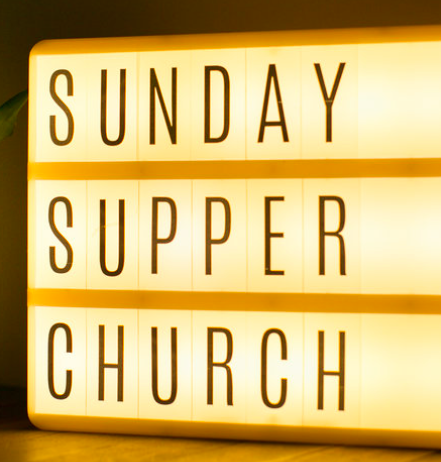multicultural curriculum {part 1}
 Wednesday, June 4, 2014 at 9:00AM
Wednesday, June 4, 2014 at 9:00AM i'm an eternal curriculum tinker-er. i can never leave a good-enough lesson alone. for me, even the most well written intentional sunday morning children's lesson could always use one more edit, one tiny tweak, a pinch more fun, a reinforced key concept, a clearer-age-appropriate learning objective. i seriously have a problem. send help. or more lessons!
lately, i've been thinking a lot about the amount of time i spend + the end result of the curriculum we provide for kids. we currently use Tru, which has a million great features, but as i believe is true for every church, weekly editing is needed so that it matches our context just right.
we're a multicultural, diverse, urban church. this means that the makeup of our families are: multi-culture families {2 parent/2 races}, multi-context families {2 parent/1 minority race}, single parent families, majority race families {2 parent/white}. all of our families live in an urban enviornment which means they live in small apartments, take public transportation or walk to church, and interact daily with folks in need. our church is unique. and i love it.
but still, necessary tinkering. each week i set aside a full day to write/edit/think/plan the upcoming lessons. i need a full, meeting-free day in my favorite writing place to put together helpful lessons. and, i'm proud of what we've done. but, lately, the persistant question on my mind -- is my time worth it? is there a ceiling to tinkering an already published curriculum? can i really create the perfect lessons for my diverse community by spending a day a week editing someone else's work?
i've let my mind wander around these questions for a bit, while talking to ministry friends, trying to determine the best next steps. you know where i'm going -- we're considering writing custom curriculum for my church. it's insanely crazy. i know what it takes to write a curriculum from scratch. i've done it a few times. most recently, this wonderful beast. there are 13 CURRICULUM BOXES in that series that took us 5 years to complete. seriously. i get it. writing your own lessons is a choice reserved only for those who drink far more coffee than me. like, gallons.
BUT still, i can't seem to shake this idea. recently, at a conference, i wrote some initial notes: if we were going to do something this crazy, what would a template look like? what would the values be? how would we communicate the diversity seen in God's story, and help children notice + care for each other within their diverse, global contexts? i wrote this:
learning + friendship = faith
{in unique multicultural context}
1. connect: to each other + the world
2. notice: who do i see, who is missing, mindfulness of God's world + people
3. story: diversity in God's story
4. respond: i have a role in God's church, i contribute to the world
from these basic notes, a small group of us have been meeting regularly to discuss the possibility of putting this together into something just right for our church for this fall. it's been an absolute joy to discuss values that we so desperately desire for the kids of our church.
stay tuned. for now, what resources would you suggest that speak to multicultural, faith formation for kids? curriculum, books, music, graphics, anything really. i'm hungry for your suggestions.



Reader Comments (2)
Amy!
I have worked in an inner city, multicultural environment, doing family ministry for a long time. (I won't tell you how long.) I think that many of us have ended up writing our own curriculum from scratch for many of the reasons you are discussing. By the time we take something from the "box" and tinker with it, it is as much work as writing our own- so why not write our own anyway. I have found that I do get ideas though by taking a look at the stuff that's out there. Here are some things I have found (like.) The Action Bible: It at least doesn't look like everyone is the same, and gives an interactive experience in understanding the Bible was real people. I have used and rewritten an old curriculum that Group had that they then discontinued (boo) called Rooted. What I liked about it was the ease in bringing the idea of being rooted in Christ's love but then helping them see the broadness of God's story. Tim Ladwig has illustrated some truly beautiful children's books that are mainly African American- but they give a multi ethnic perspective on the 23rd Psalm and the Lord's Prayer. One of our Columbian pastors said to us something powerful, "Those that don't speak English are not a ministry of the church, like those who have addictions or who are grieving, we are part of the church." This has been a great reminder as we seek to help families and kids know the variety of cultures in the room. Hope Lives- is a curriculum David Cook partnered with Compassion to write about Global Poverty. I pulled this a part to help kids see themselves and others. I think often times it is about approach and perspective. We have to treat every family as a partner- no matter the background or context and work to partner with them. We also do a lot to help others in the room understand the nuance of the cultures in the room and around that they are interacting with. How do you get to know others? Also- making no assumptions about anybody just because of what their family looks like- if that makes sense.
Would love to chat about this more- if you ever want to :)
Hey Amy!
Sounds like a promising curriculum. Can't wait to hear more and take a closer look!